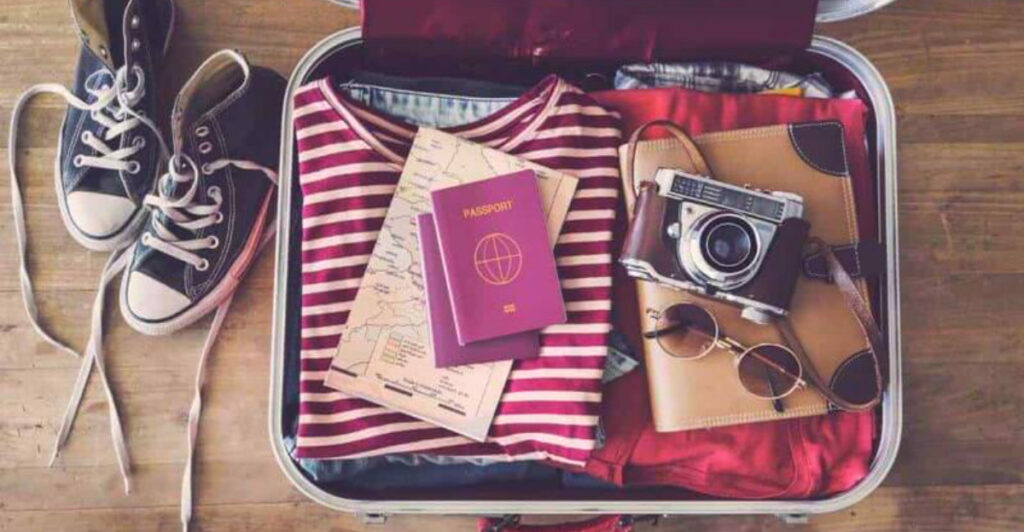Lost luggage can turn a dream vacation into a nightmare. Nobody wants to spend their first day at the beach hunting down missing bags or buying emergency clothes. Luckily, most luggage mishaps are preventable with smart planning and a few simple habits that take only minutes but can save you hours of stress.
1. Book Nonstop (or Build Generous Connections)
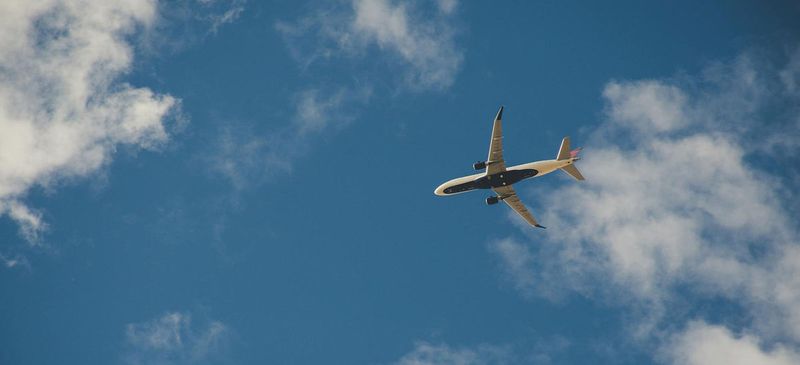
Half of all mishandled bags go wrong during transfers. Every time your suitcase changes planes, it faces another chance to get lost, delayed, or sent to the wrong city.
International itineraries carry far more risk than domestic ones because of the extra screening, customs, and coordination between countries. Booking nonstop flights eliminates those hand-offs entirely.
When direct flights aren’t available, give yourself breathing room. Pick layovers of at least 90 minutes domestically and two hours internationally. That buffer gives baggage handlers time to move your bag safely between flights, reducing the chance you’ll arrive without your belongings.
2. Check In Early—Don’t Cut It Close
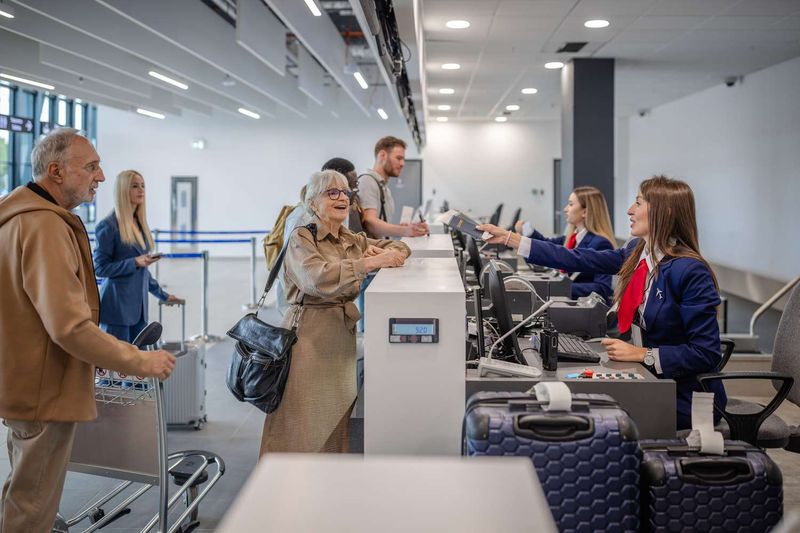
Rushing to the airport might get you on the plane, but your bag could be left behind. The U.S. Department of Transportation warns that last-minute check-ins dramatically increase the odds your luggage won’t make the flight.
Airlines set baggage cut-off times for good reason. Missing those deadlines can even limit the airline’s liability if something goes wrong, leaving you with fewer options for compensation.
Arrive early and drop your bags well before the cut-off window. Giving ground crews extra time to process and load your luggage makes all the difference, especially during busy travel periods when systems are strained.
3. Remove Old Barcodes and Tags
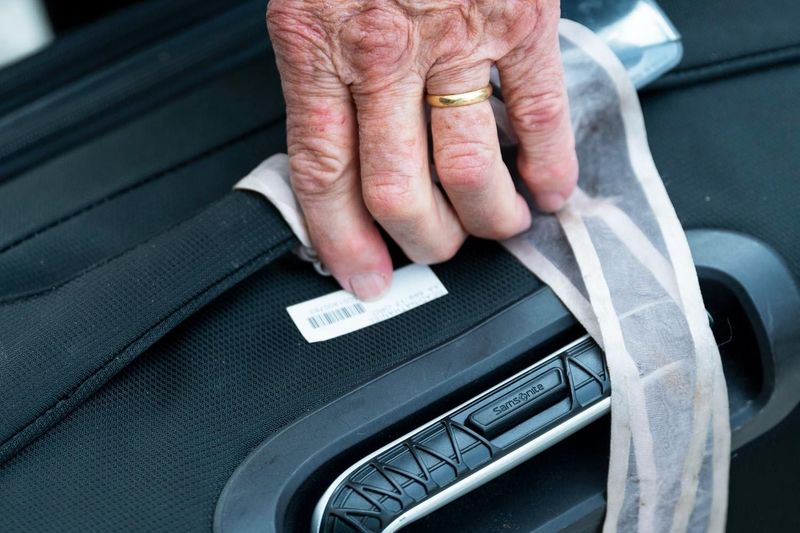
Old routing stickers confuse both scanners and humans. When multiple barcodes sit on your bag, automated systems may read the wrong one and send your luggage to a destination you visited months ago.
Baggage handlers moving quickly through piles of suitcases can also grab the wrong tag visually. One outdated sticker is all it takes to misroute your bag entirely.
Before every trip, take thirty seconds to peel off all previous tags and barcodes. Make sure only the current routing information remains visible. This simple habit prevents one of the most common—and most preventable—causes of lost luggage reported by travel operations experts.
4. Verify Your Printed Bag Tag—Every Time
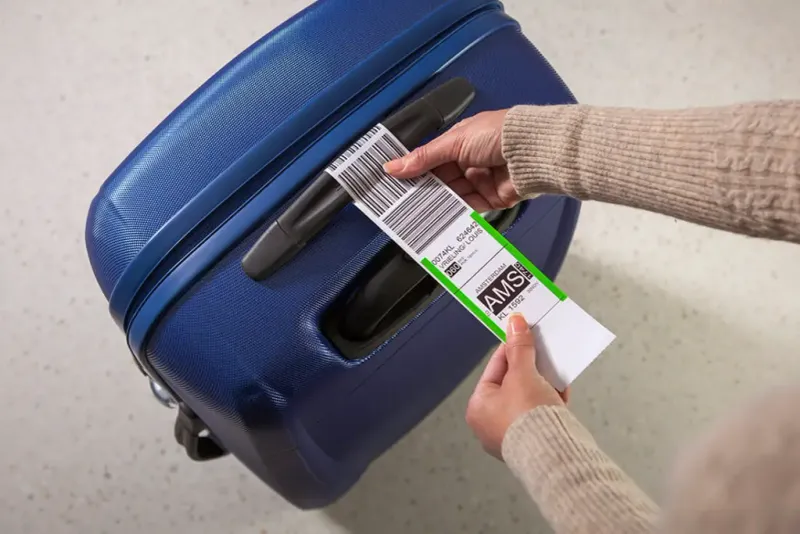
Mistakes happen at check-in counters and self-service kiosks. A wrong flight number, misspelled name, or incorrect airport code can send your bag on an entirely different journey.
Before your suitcase rolls away on the conveyor belt, take ten seconds to double-check the printed tag. Verify the IATA airport codes match your destination, confirm your name is correct, and ensure the flight number is accurate.
That quick glance can save you a ten-day chase across continents. This practice complements industry-wide tracking rules under IATA Resolution 753, which requires airlines to track bags at key points throughout their journey.
5. Keep the Claim Check/Receipt Handy
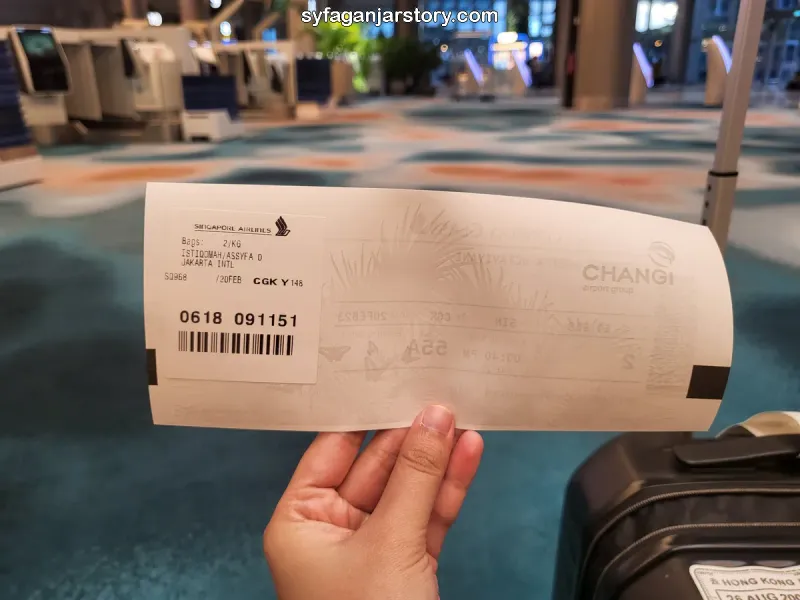
That little sticker with the long number is your bag’s license plate. Without it, tracking down lost luggage becomes exponentially harder and slower.
The claim check ties your suitcase to you across airlines and airports. Under IATA Resolution 753 tracking practices, this number allows staff to pinpoint exactly where your bag was last scanned in the global system.
Stick the receipt somewhere safe—your wallet, phone case, or passport holder—so you can access it immediately if something goes wrong. Having that number ready speeds up location efforts and delivery, turning a potential multi-day ordeal into a same-day solution.
6. Label Inside and Outside
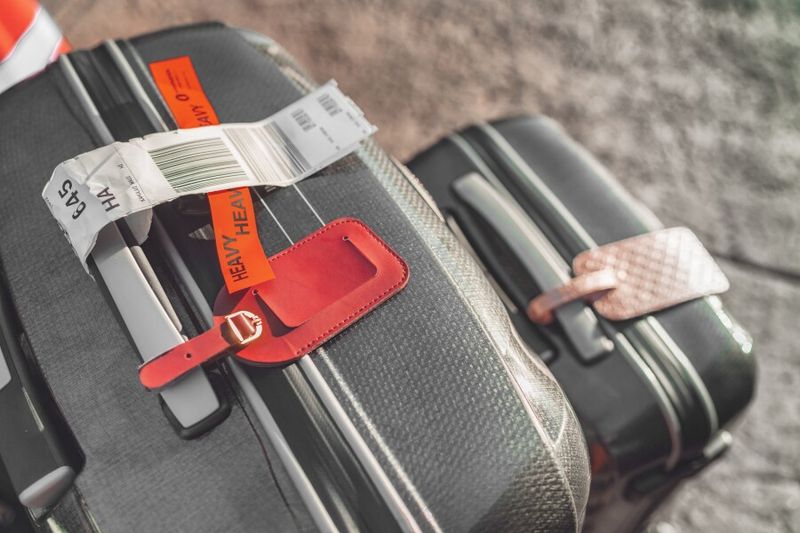
Outer tags get torn off more often than you’d think. Conveyor belts, rough handling, and weather can rip even the sturdiest luggage tags clean off your bag.
The U.S. Department of Transportation recommends putting your name, phone number, and email on the outside of your suitcase. Then place the same information on a card inside your bag as backup.
If privacy concerns you, skip your home address on the outer tag and use your destination hotel or work address instead. This dual-labeling system ensures your bag can always find its way back to you, even when the exterior identification disappears during travel.
7. Use a Bluetooth Tracker (e.g., AirTag/Tile) in Checked Bags
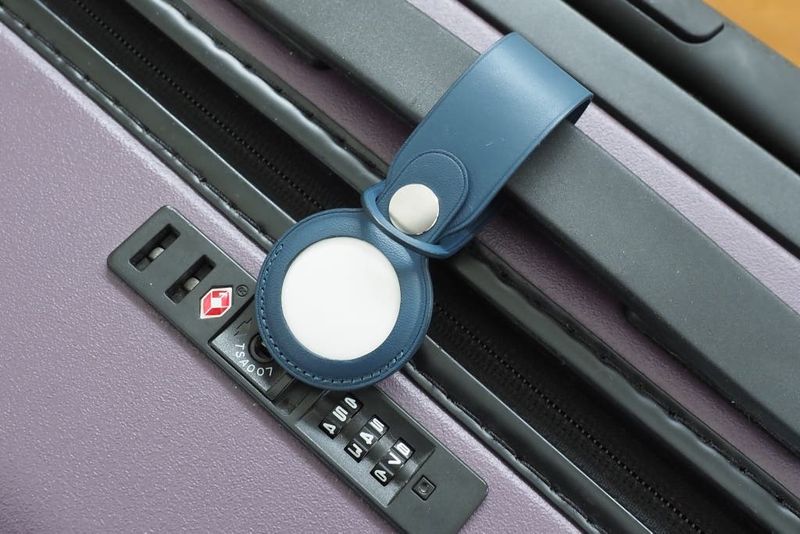
Tiny tracking devices with coin-cell batteries have changed the lost-luggage game. The FAA has clarified that devices like Apple AirTags are allowed in checked luggage since their lithium metal content stays under 0.3 grams.
Trackers won’t prevent mishandling, but they give you real-time location data when bags go astray. You’ll know if your suitcase is still at your departure airport, sitting in the wrong city, or already on its way back.
That information helps airline agents reunite you with your belongings much faster. Many travelers have used tracker data to direct airport staff to the exact baggage cart or storage room where their lost bag was sitting.
8. Turn On Your Airline’s Baggage Tracking in the App
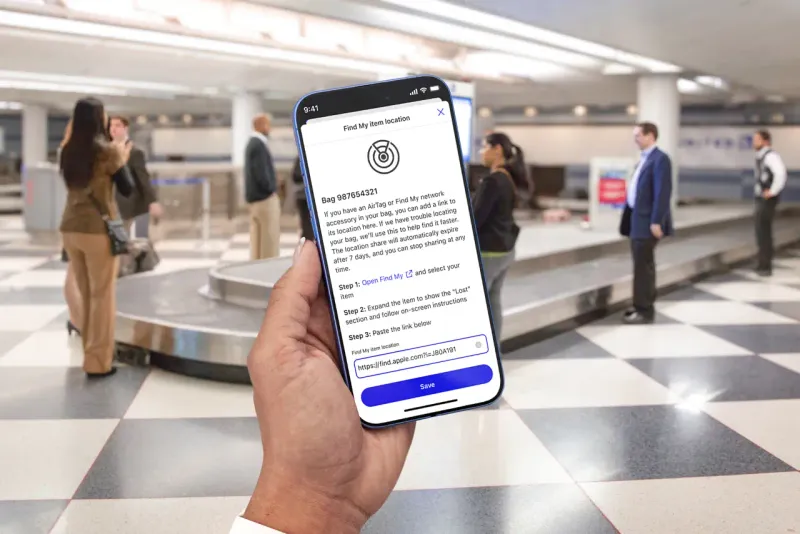
Most major carriers now offer baggage tracking built into their mobile apps. You can see exactly where your bag was last scanned—accepted at check-in, loaded onto the plane, arrived at your destination, or placed on the carousel.
The U.S. Department of Transportation notes these tools help both passengers and airlines locate bags quickly when delays occur. Real-time updates mean you’ll know about a problem before you reach baggage claim.
Activating this feature takes seconds during check-in. Once enabled, you’ll receive push notifications at each scanning point, giving you peace of mind throughout your journey and immediate alerts if something goes wrong along the way.
9. Make Your Bag Unmistakable
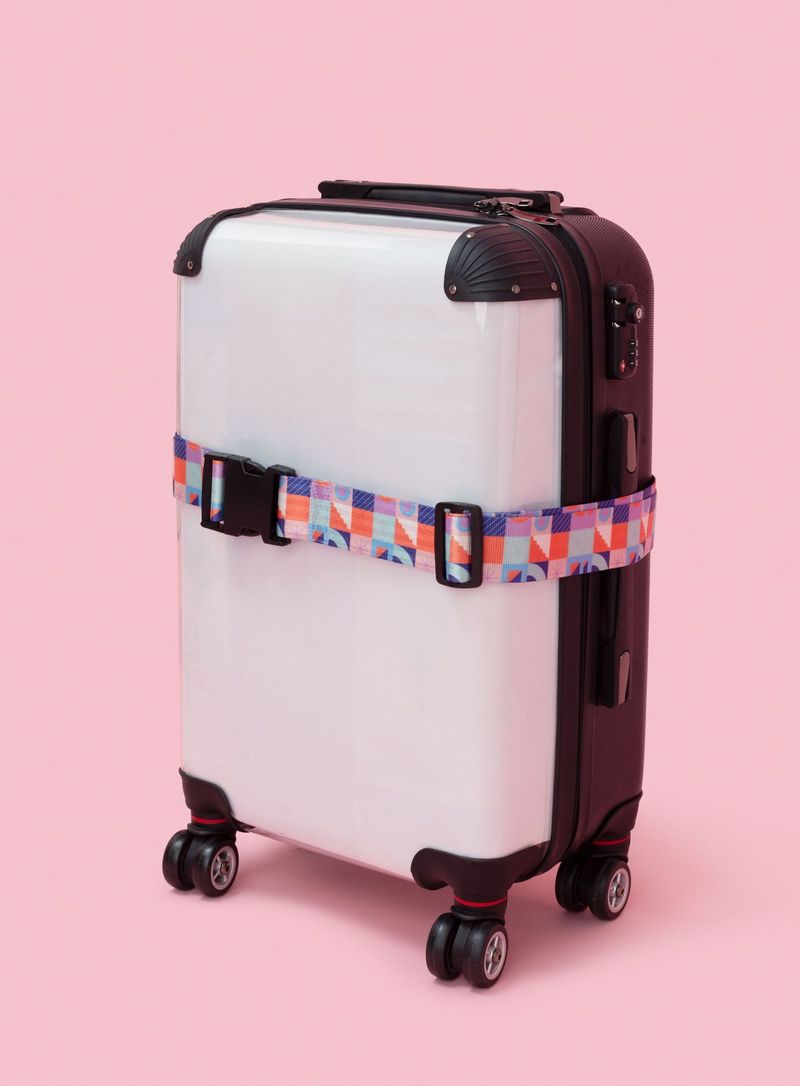
Walk through any baggage claim and you’ll see a sea of identical black rollers. That makes it incredibly easy for tired travelers to grab the wrong bag by accident.
Adding a unique strap, colorful patch, or bright ribbon makes your suitcase stand out instantly. You’ll spot it from across the carousel, and other passengers are far less likely to mistake it for theirs.
Travel experts consistently cite distinctive identifiers as a simple deterrent against both theft and accidental pickups. Keep your contact information discreet, but make the bag itself impossible to miss. A five-dollar strap can save hours of hassle and prevent someone from walking off with your belongings.
10. Photograph Your Suitcase and Contents Before You Fly
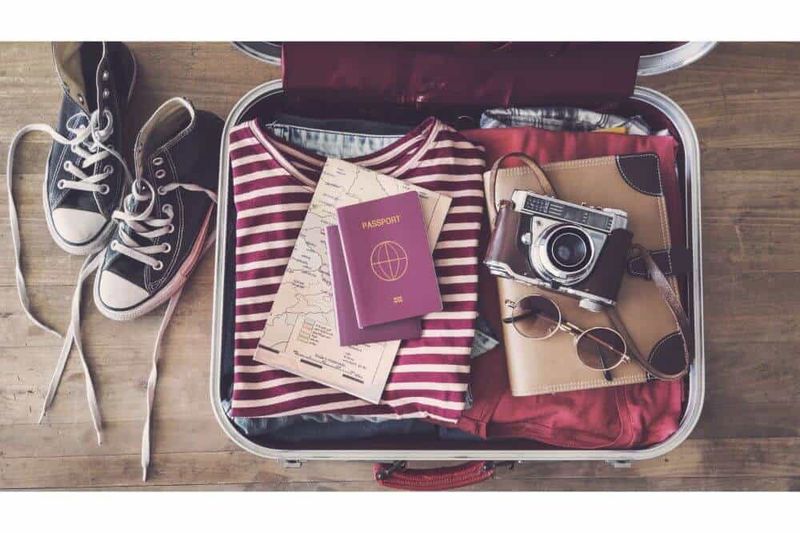
Describing your bag from memory after it’s been lost is surprisingly difficult. Was the scuff on the left corner or right? Did you pack four shirts or five?
Snap a quick photo of your suitcase exterior, including any unique marks or identifiers. Then take a shot of what you packed inside before zipping it up.
If you need to file a claim, those photos help you describe and value your belongings accurately. The Department of Transportation says airlines are responsible for reasonable expenses during delays and compensation if bags are permanently lost, up to regulated limits. Photos strengthen your case and speed up the reimbursement process significantly.
11. Avoid Separate Tickets on Tight Connections
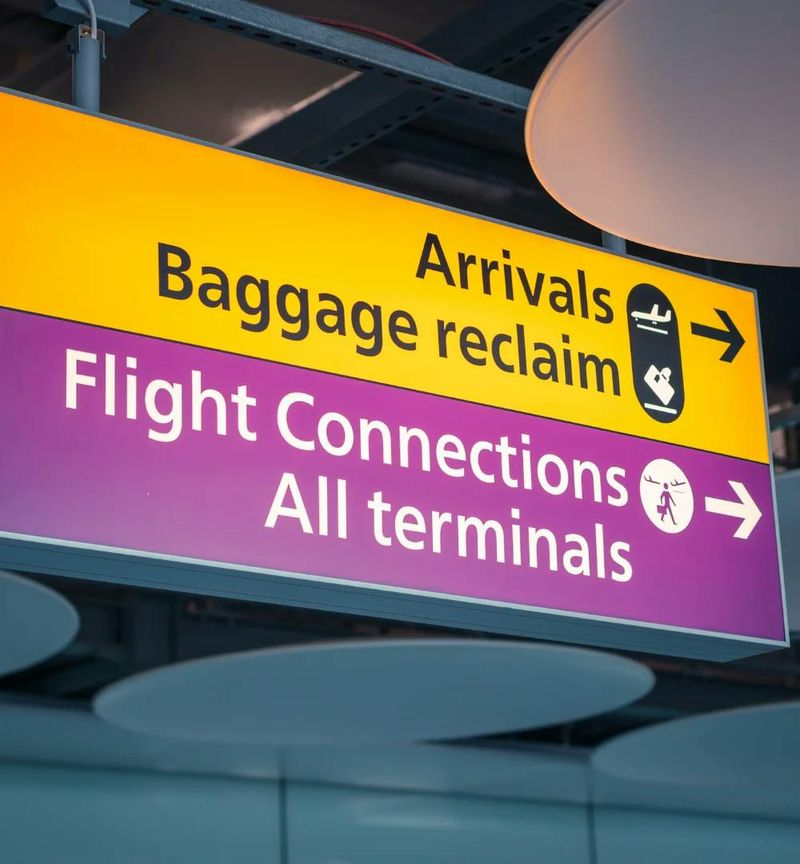
Booking separate tickets to save money can backfire badly when connections are tight. When your reservations cross different airlines, baggage may not transfer automatically between carriers.
You might be forced to reclaim your luggage and re-check it yourself, which is nearly impossible on short layovers. That’s a recipe for missed flights and lost bags.
Keep your entire itinerary on one ticket whenever possible, especially on international routes. If you must use separate tickets, pad the connection time significantly—at least three to four hours. Remember, transfers are the number-one point where bags get mishandled, so minimizing risk here pays off enormously.
12. Skip Checking Late Gate-Bags If You Can
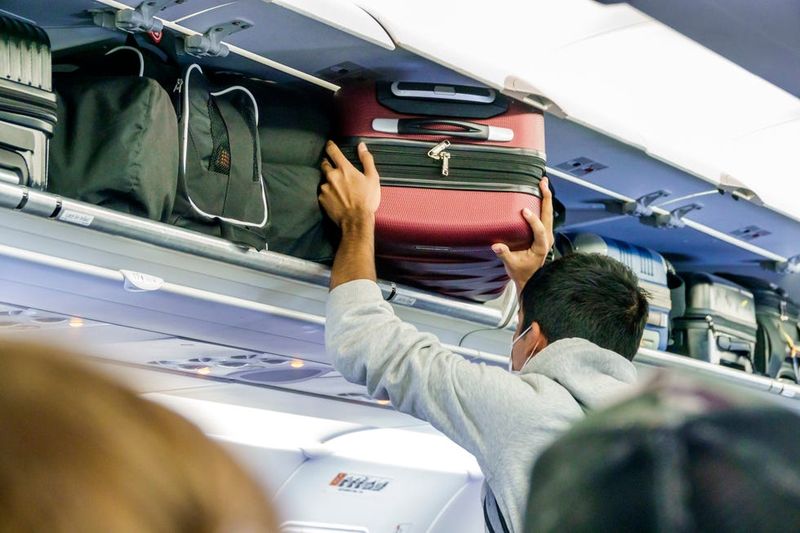
When overhead bins fill up, gate agents start checking carry-ons for free right before boarding. Sounds convenient, but those bags often bypass normal scanning and tracking points.
Gate-checked luggage can miss tight departures because it’s tagged and loaded at the last possible second. The rushed process increases the chance your bag won’t make it onto your connecting flight.
If you’re flying with a short connection, try hard to keep essentials with you in a smaller personal item. Avoid gate-checking if possible, or at minimum ensure your bag is properly tagged and you have the claim receipt before handing it over at the jetway.
13. Use Solid, Protected ID Tags (and Don’t Litter the Airport with Used Ones)
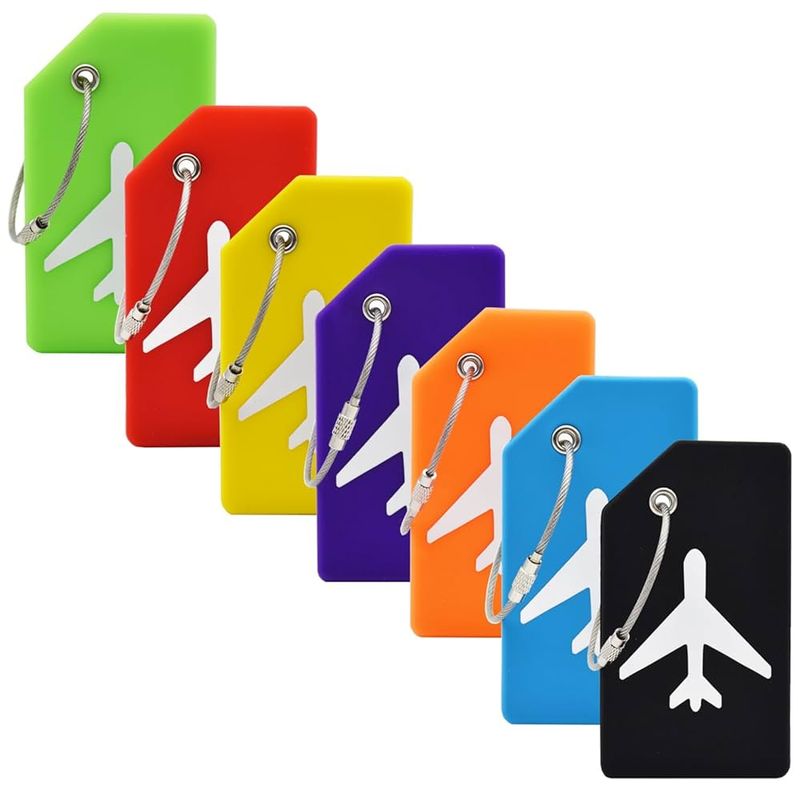
Flimsy paper tags expose your personal information to anyone walking by. Choose durable luggage tags with covered windows that keep your name, phone, and address private.
When your trip ends, don’t leave used barcoded tags lying around the airport or toss them in public trash bins. Reports of scammers scavenging old tags to file fraudulent baggage claims are a reminder to treat them like sensitive documents.
Take used tags home and shred or tear them up before throwing them away. This small habit protects your identity and prevents criminals from using your baggage information for scams. Solid, protected tags keep your information secure throughout your journey.
14. Know Your Rights—and the Clock
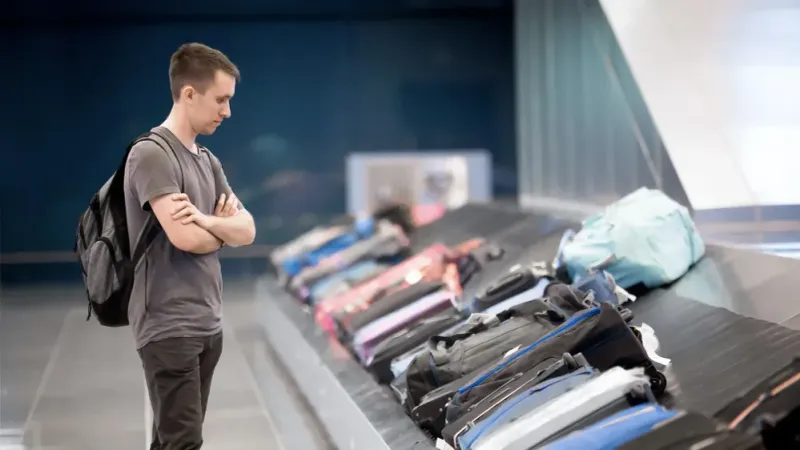
Airlines have clear liability limits, and knowing them protects you. In the U.S., the maximum liability for domestic lost, damaged, or delayed baggage is currently $4,700 per passenger.
For most international trips, it’s 1,519 Special Drawing Rights (about $2,175). Airlines must also refund bag fees for bags declared lost or significantly delayed—twelve hours for domestic flights and fifteen to thirty hours for international travel.
File a report immediately when your bag doesn’t show up. Waiting even a day can complicate your claim and delay compensation. Understanding your rights and acting fast ensures you get the reimbursement and assistance you’re entitled to under the law.
15. Pack ‘Day One’ Essentials in Your Carry-On
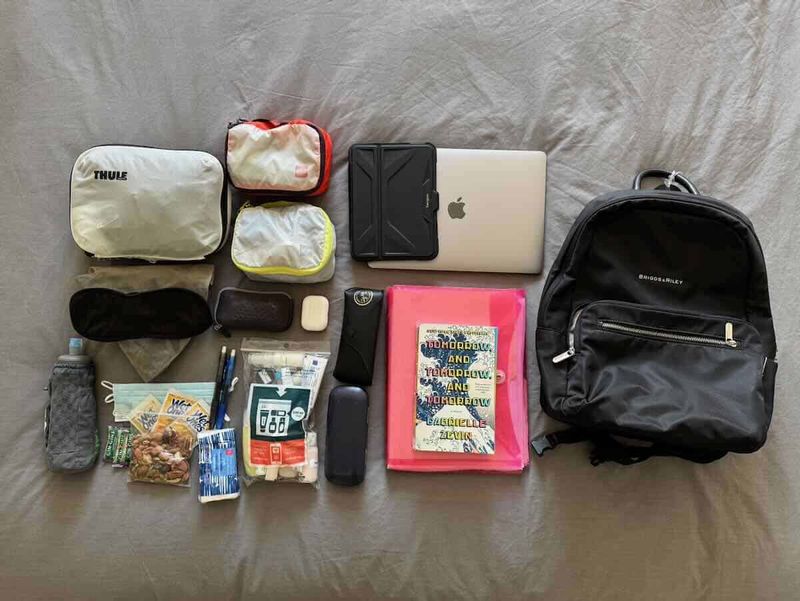
Even with perfect planning, bags sometimes go astray. Global mishandling rates have improved dramatically—down to roughly six or seven per thousand passengers—but risk never drops to zero.
Pack medications, valuables, phone chargers, and a change of clothes in your carry-on. That way, if your checked bag is delayed, your trip continues smoothly.
Airlines and airports have invested heavily in better tracking technology, but a delay can still happen. Carrying essentials with you transforms a potential disaster into a minor inconvenience. You’ll have everything you need for day one, and your checked luggage will likely catch up within twenty-four hours.

